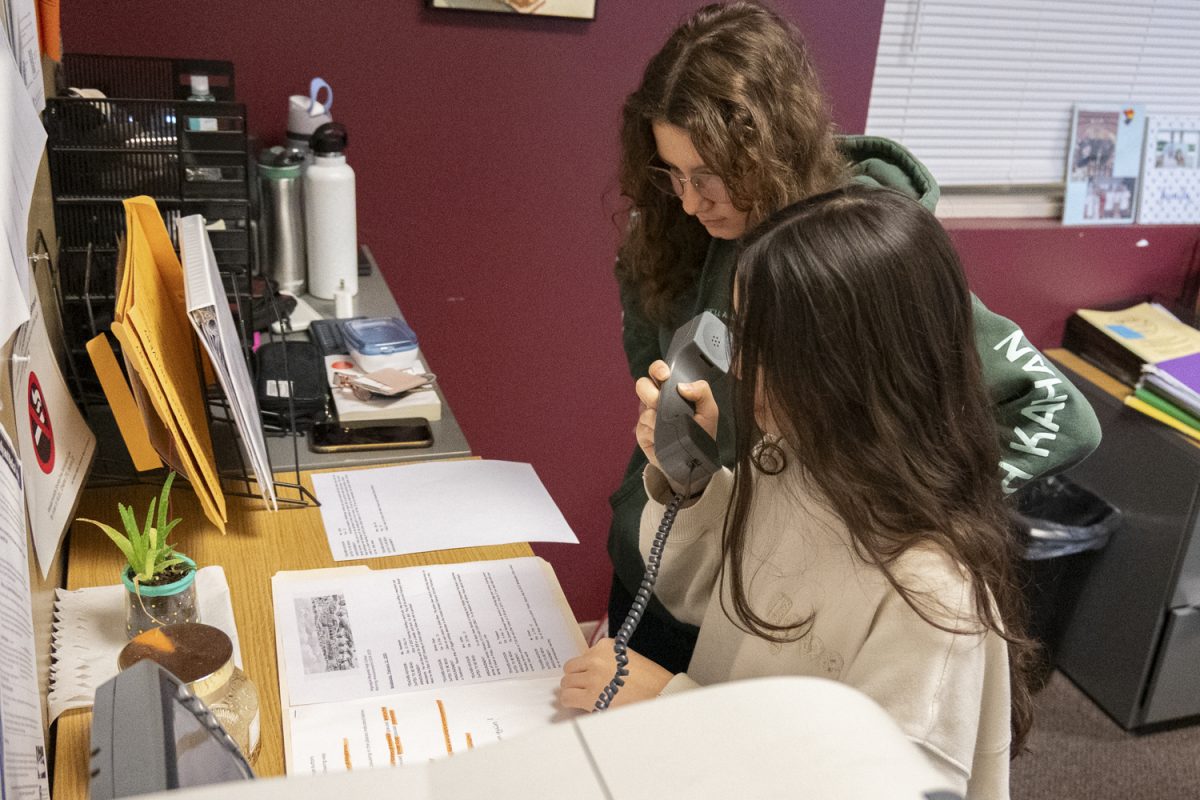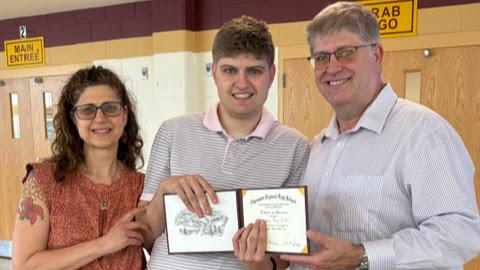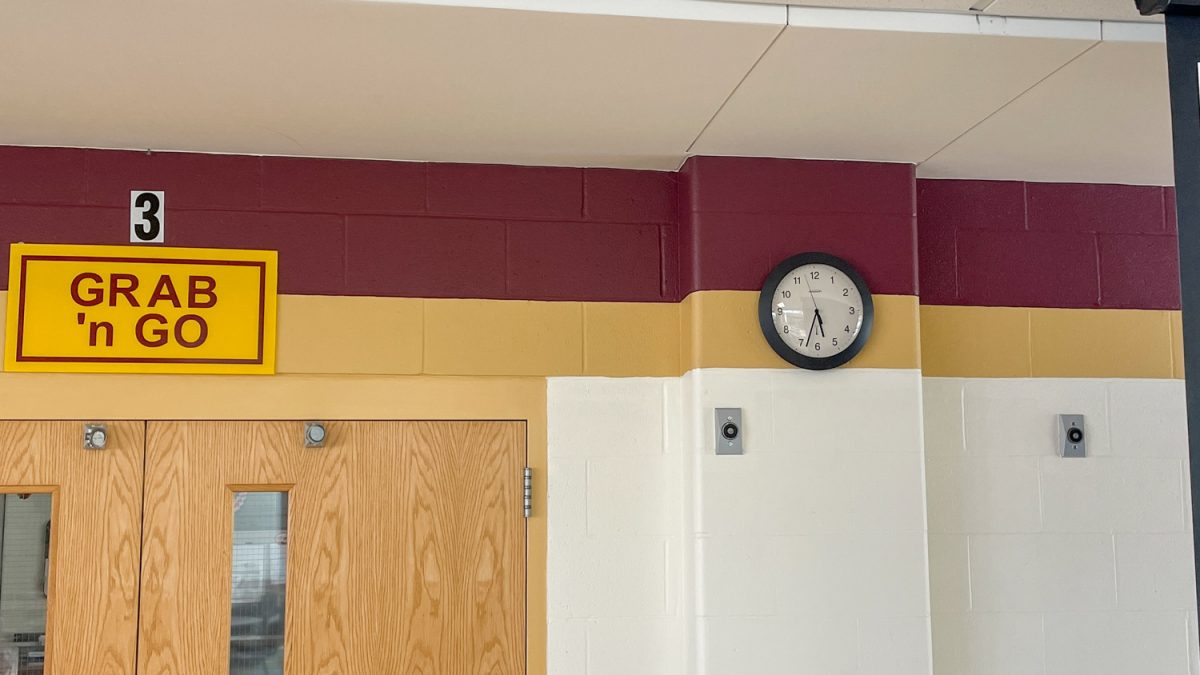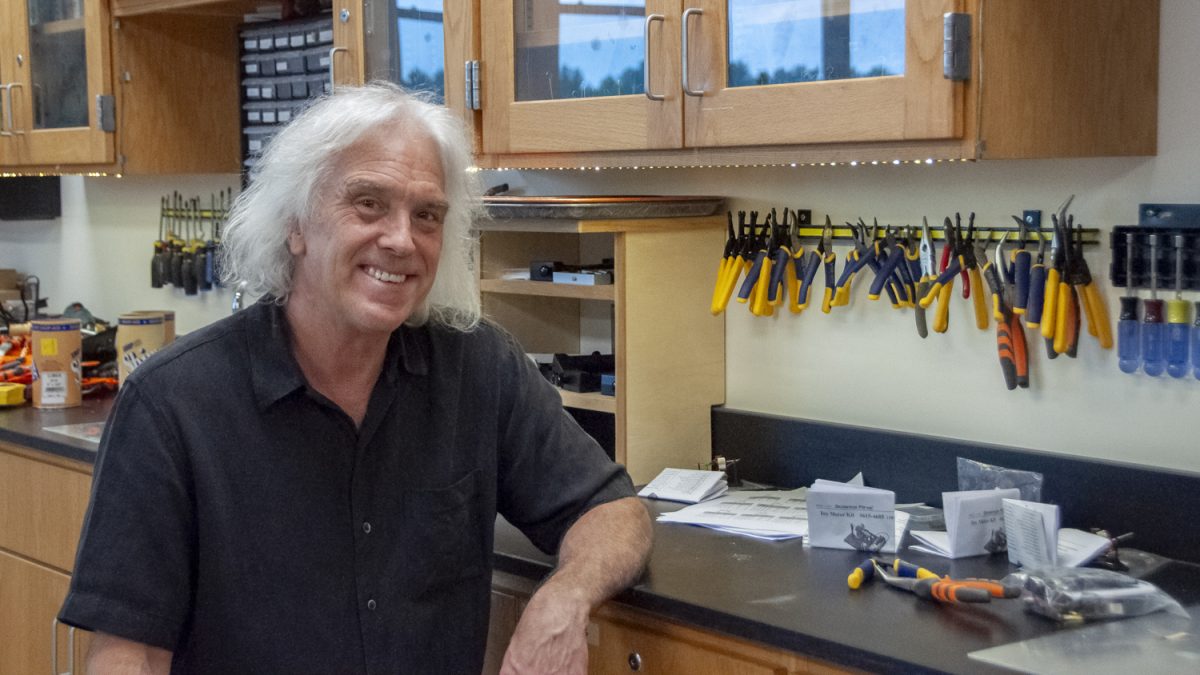The public address (PA) system, often the center of communication within the building, has faced technological issues that have stretched for over a decade; hence, improvements in the PA system are common as well as a consistent safety priority.
The PA system is used for many types of announcements to quickly and efficiently share information with students and staff. PA addresses include morning announcements, emergency situations, ALICE drills, fire drills and more. However, according to administration and teachers, the system has had many technological issues throughout the years, including being too soft, too loud, cutting out or being inaudible due to surrounding factors.
Principal Sean Bevan shared that systemic issues with the PA system were addressed and improved in recent years.
“A few years ago we’d seen issues with our PA and we had a company help us improve those, but we’ve observed that it still needs fine tuning,” Bevan said.
According to a Harbinger survey of 134 students from Dec. 12 to Dec. 15 via Google Forms, 29% of respondents said that they have been in a room where they could not hear ALICE drill announcements. Bevan continues to ensure that this issue takes high importance.
“The comfort of our students and our staff in rooms is a major priority, and making sure that all the announcements are heard very clearly is an even greater priority,” Bevan said.
Despite the PA system being routinely checked and corrected, according to Bevan at times it has not been easy to fix the entire system immediately.
“There are parts of the building that are quite old, so retrofitting a building, parts of which were built in 1958 or ‘59, can be a challenge,” Bevan said.
In addition to challenges from the building’s age and size, technical issues oftentimes arise with individual speakers in classrooms, offices or public spaces rather than the entire system. This, according to Bevan, makes fixing the PA a tedious task.
“How the systems perform are really localized to the speaker in the room, and we just need to have people pop their head into [every room with a speaker] and make sure it’s operating properly,” Bevan said.
Teachers and staff say they have continuously reported problems with the PA throughout the school through emails, surveys and data collection following drills. Reported problems include the PA being too loud, cutting out or being too quiet in some spaces.
“I’ve experienced [problems with the PA] now for 11 years, every year,” Fine and Performing Arts teacher Eric Vincent said. “We can’t hear it.”
Health and fitness teacher Kristen Morcone has also recognized that the PA system has not been performing as well as it should be.
“We’ve been battling faulty speakers for, I’d say, two years now,” Morcone said. “They’ve made a great effort to fix them but as of recently they’ve been kinda in and out.”
In addition to technological and equipment issues, in some spaces announcements are inaudible due to other factors such as loud, frequent noise. This subject is of high concern and importance to many students and staff, though it is a difficult one to solve.
“What I can do is identify the teachers who have those concerns and find out from them who are in the room in those spaces, find out what their observations are and use that to help us develop a plan,” Bevan said.
Some school community members are concerned that PA problems have not been resolved more quickly, and are frustrated because hearing announcements is in many ways key to being fully informed and safe.
“[Being able to hear announcements is] a matter of student safety and teacher safety and everyone in the building,” Vincent said. “I don’t think we want to look back in hindsight and say, ‘We could have done better.’”











